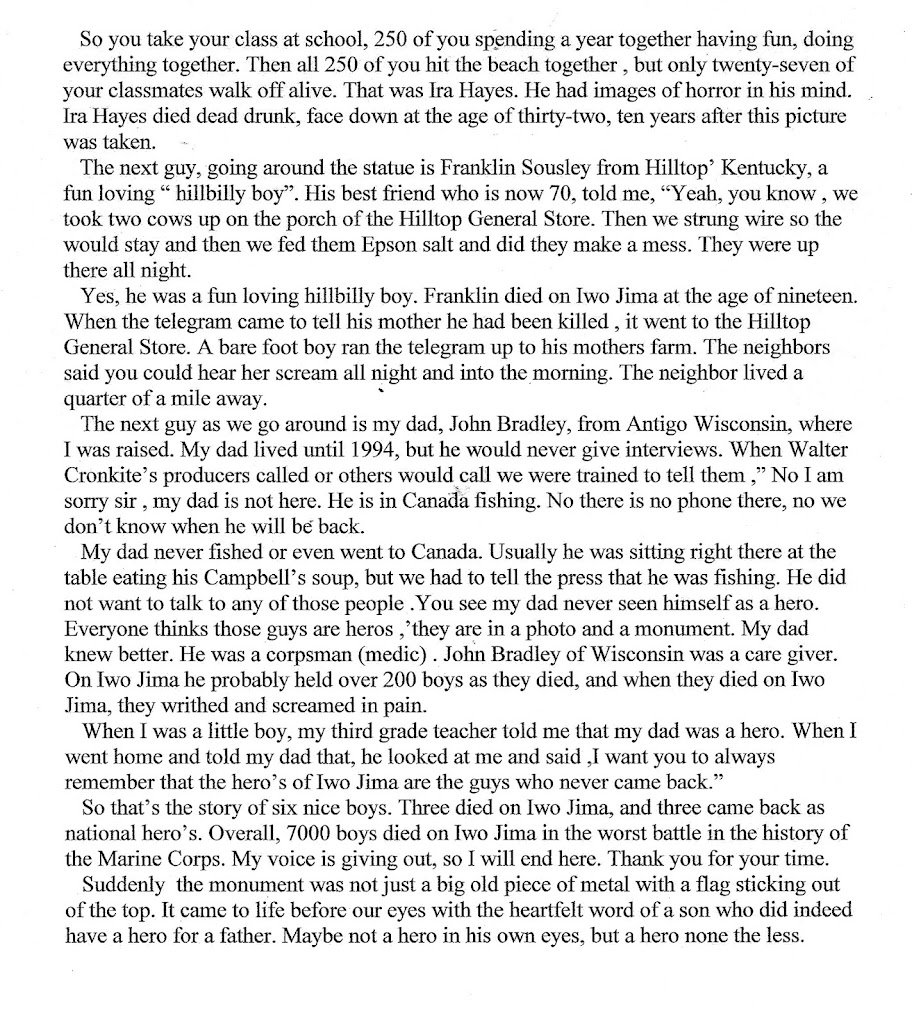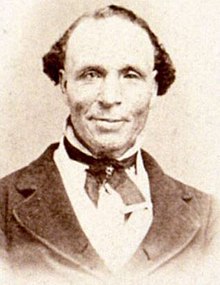In 2003 a group of psychologists did a study on gratitude and its impact on well being.. One group was assigned to
record their troubles.. Another group to record things they were grateful for. Those who recorded gratitude had
heightened levels of joy, happiness, optimism. Felt better, more willing to serve, slept better, dealt with stress better,
and was less sick. ..those with negative attitudes did just the opposite.
Words of gratitude....Please, thank you, you are welcome, I appreciate..
We are told by our Prophets to have an attitude of Gratitude—FEEL It and LIVE It
...how do we do that?
*Certainly, we can and should start by expressing sincere gratitude to Heavenly Father in prayer and by saying
Words of gratitude....Please, thank you, you are welcome, I appreciate..
We are told by our Prophets to have an attitude of Gratitude—FEEL It and LIVE It
...how do we do that?
*Certainly, we can and should start by expressing sincere gratitude to Heavenly Father in prayer and by saying
"thank you" to others. ...expressing verbal thanks, there's perhaps an even more powerful way to show our sincere
gratitude. President Thomas S. Monson
*A grateful heart ... comes through expressing gratitude to our Heavenly Father for His blessings and to those
*A grateful heart ... comes through expressing gratitude to our Heavenly Father for His blessings and to those
around us for all they bring into our lives... This requires conscious effort.. At least until we have truly learned and
cultivated an ATTITUDE of GRATITUDE. Often we feel to do so or just don't get around to it. Someone has said the
"feeling gratitude and not expressing it is like wrapping a present and not giving it" Thomas S. Monson.
Parable of the Ten Lepers: And when he saw them, he said unto them, Go shew yourselves unto the priests.
Parable of the Ten Lepers: And when he saw them, he said unto them, Go shew yourselves unto the priests.
And it came to pass, that, as they went, they were cleansed.
"And one of them, when he saw that he was healed, turned back, and with a loud voice glorified God,
"And fell down on his face at his feet, giving him thanks: and he was a Samaritan.
"And Jesus answering said, Were there not ten cleansed? but where are the nine?
"There are not found that returned to give glory to God, save this stranger.
"And he said unto him, Arise, go thy way: thy faith hath made thee whole."
Through divine intervention those who were lepers were spared from a cruel, lingering death and given a new
"And one of them, when he saw that he was healed, turned back, and with a loud voice glorified God,
"And fell down on his face at his feet, giving him thanks: and he was a Samaritan.
"And Jesus answering said, Were there not ten cleansed? but where are the nine?
"There are not found that returned to give glory to God, save this stranger.
"And he said unto him, Arise, go thy way: thy faith hath made thee whole."
Through divine intervention those who were lepers were spared from a cruel, lingering death and given a new
lease on life. The expressed gratitude by one merited the Master's blessing; the ingratitude shown by the nine,
His disappointment.
*President Gordon B. Hinckley said, "When you walk with gratitude, you do not walk with arrogance and conceit
*President Gordon B. Hinckley said, "When you walk with gratitude, you do not walk with arrogance and conceit
and egotism, you walk with a spirit of thanksgiving that is becoming to you and will bless your lives."
*Joseph F. Smith, sixth President of the Church, provided an answer. Said he: "The grateful man sees so much in
*Joseph F. Smith, sixth President of the Church, provided an answer. Said he: "The grateful man sees so much in
the world to be thankful for, and with him the good outweighs the evil. Love overpowers jealousy, and light drives
darkness out of his life." He continued: "Pride destroys our gratitude and sets up selfishness in its place. How much
happier we are in the presence of a grateful and loving soul, and how careful we should be to cultivate, through the
medium of a prayerful life, a thankful attitude toward God and man!
*Bonnie Parkin former Gen. RS Pres: "Gratitude requires awareness and effort, not only to feel it but to express it.
*Bonnie Parkin former Gen. RS Pres: "Gratitude requires awareness and effort, not only to feel it but to express it.
Frequently we are oblivious to the Lord's hand. We murmur, complain, resist, criticize: so often we are not grateful.
*We often take for granted the very people who most deserve our gratitude. Let us not wait until it is too late for us
*We often take for granted the very people who most deserve our gratitude. Let us not wait until it is too late for us
to express that gratitude. Speaking of loved ones he had lost, one man declared his regret this way:
"I remember those happy days, and often wish I could speak into the ears of the dead the gratitude which was
due them in life, and so ill returned."
*When we encounter challenges and problems in our lives, it is often difficult for us to focus on our blessings.
*When we encounter challenges and problems in our lives, it is often difficult for us to focus on our blessings.
However, if we reach deep enough and look hard enough, we will be able to feel and recognize just how much
we have been given
*My brothers and sisters, to express gratitude is gracious and honorable, to enact gratitude is generous and noble,
*My brothers and sisters, to express gratitude is gracious and honorable, to enact gratitude is generous and noble,
but to live with gratitude ever in our hearts is to touch heaven. Pres Thomas S Monson























































